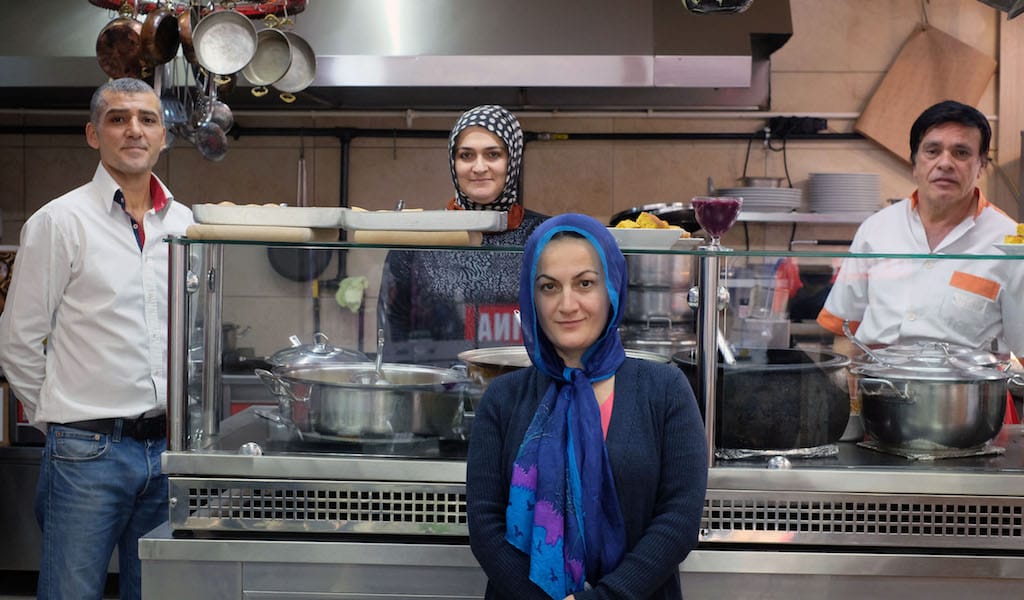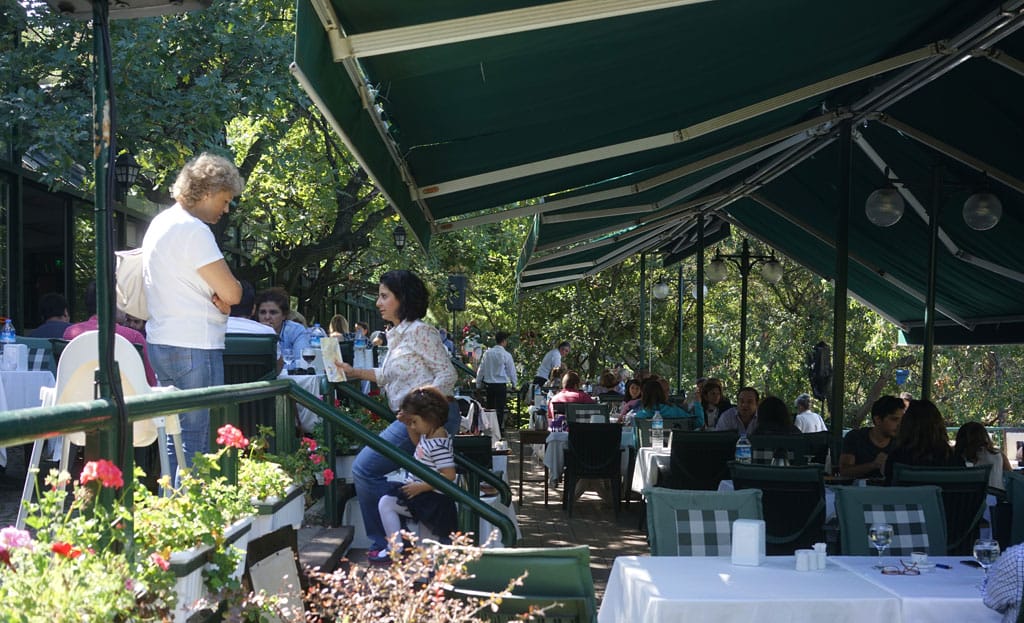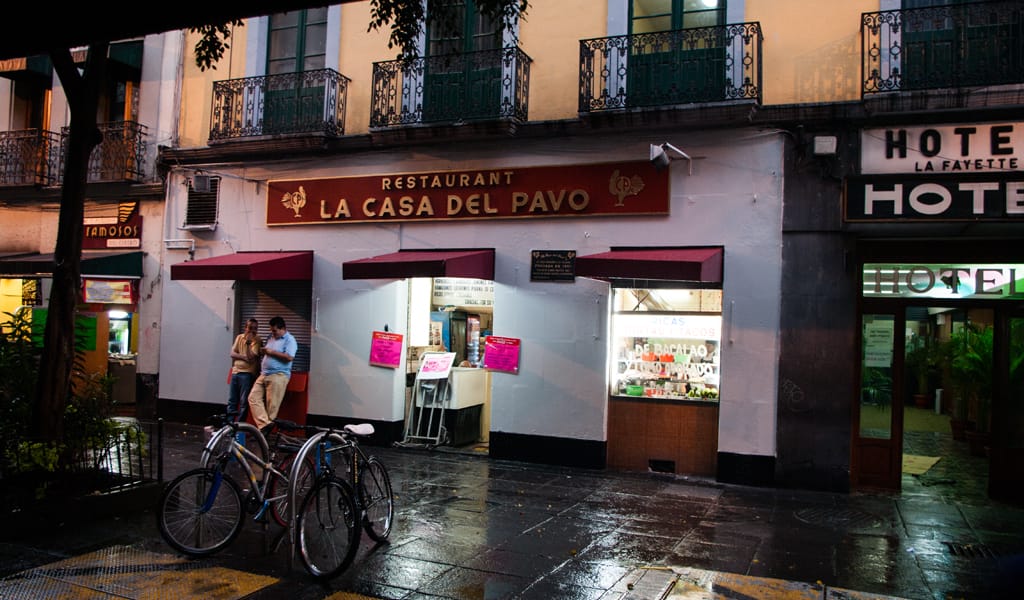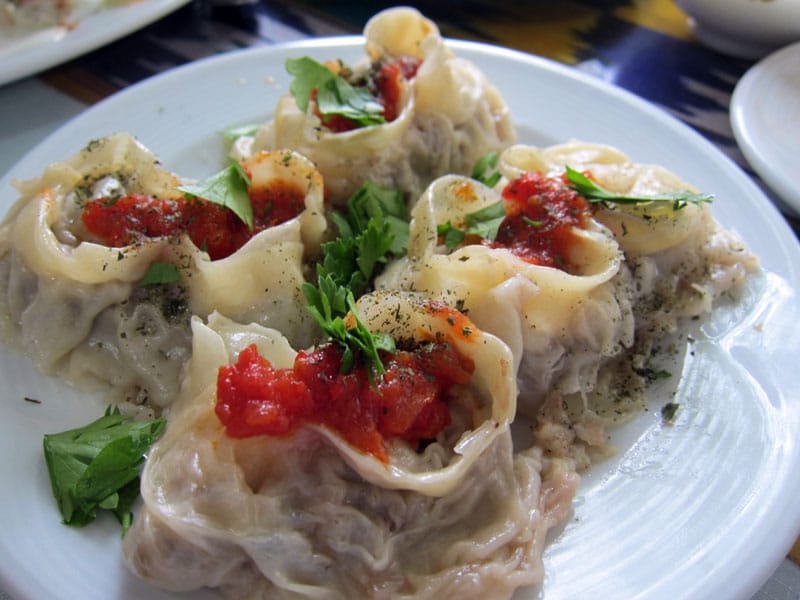Everyone seems to feel at ease in Emice’nin Yeri. It’s the kind of place where workers come after their shifts, families and couples dine, single men drink their tea and watch football matches on the TV, and women too are comfortable eating alone. But it’s not just a welcoming place – Emice’nin Yeri also happens to be one of the best Black Sea restaurants around.
The emice part of the name comes from the Laz language and means “uncle,” or amca in Turkish, so can be translated to “Uncle’s Place,” a fitting moniker for the restaurant does have a certain avuncular charm. There are the wooden hamsi, which were hanging from the ceiling when we first started coming here (although they disappeared after a new ceiling was put in), a collection of toy cars, pictures of bucolic Black Sea towns, flags of regional favorite Çaykur Rizespor Football Club on the walls, and gourds hanging in the kitchen – all create a homey feel. Yet the modest, eclectic setting doesn’t quite let on how good the food is.
With its bright red color and neon sign, Emice’nin Yeri cheerfully commandeers a corner in the Fıstıkağacı neighborhood of the Asian side’s Üsküdar district, about a 10-minute walk uphill from the ferry terminal on the Bosphorus. The restaurant is the work of Kemal Teker, who opened it in 2009, though he came to Istanbul much earlier, from Çayeli in the Black Sea region, in 1976. He had a store for some years before turning to the restaurant business because, in his own words, “I like to eat.”

He is joined in the kitchen by his aunt Nezahat Teker, who takes over in the evenings from the daytime cook, Ayşe Amaç. It’s not a stretch to say that their warm, hearty smiles are what make the food so delicious and taste reliably homecooked.
Chatting between orders, Nezahat Hanım shared with us that in a former life she had been a housewife but had always been known for her desserts. Finally she answered the call to the restaurant because the owner didn’t think anyone else could make her kabak tatlısı (pumpkin dessert) as well. She then spent eight years preparing only desserts but was informally apprenticing as a chef all that time. So, when the former cook left a year ago, she took over in the kitchen.
It’s an inviting kitchen, directly to the right upon entering the door, the food upfront and simmering in pots on the stove. So while there is a menu, there’s usually no need to look at it. We quite literally just see what’s cooking and decide.
Something about the Black Sea’s butter-rich dishes warms the soul.
The fare typically consists of a dozen or so regional classics like muhlama, a cornmeal porridge with melted cheese that’s the culinary equivalent of a warm, fuzzy sweater; karalahana sarması whose spice-infused rice, minced meat, and tangy collard greens are perfectly complemented by the housemade yogurt on the side; Rize kavurmasi, a dish of tender pieces of beef in a savory broth and, of course, at this time of year, hamsi, or Black Sea anchovies.
The arrival of the hamsi seems to trigger a response, as it’s the time of year when the temperature drops, the air turns crisp and golden crackly leaves congress, that a real hankering for Black Sea food sets in. Something about the Black Sea’s butter-rich dishes do not just fill the belly but warm the soul, the perfect counterpoint to cold, drizzly weather.
The hamsi tava are indeed tasty. Breaded and crispy, they are plated in a kind of anchovy-mandala, the cornmeal crust nicely offsetting the briny, savory meat of the fish.
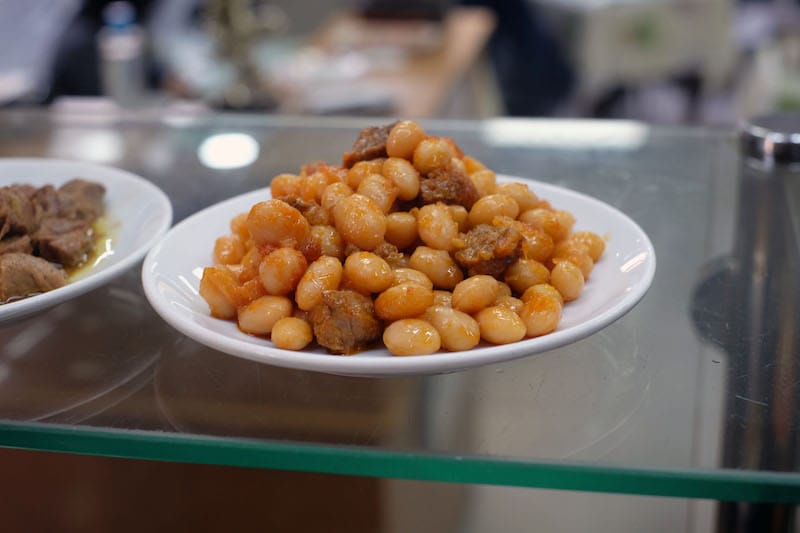
But the real reason we keep coming back is the Çayeli kurufasulye, the Black Sea kitchen’s take on baked beans. Creamy, thick and oozing flavor, the kurufasulye owes its goodness to two key ingredients, according to Nezahat Hanım: the beans that come from İspir in the Erzurum region, and the smacking-good butter delivered fresh from Rize. Then it must be slow-cooked in a copper pot in the oven.
Whenever we come there’s not even a question about ordering this dish, while we have slowly eaten our way through most of the rest of the menu. During a recent visit, we had just finished spooning down another portion of kurufasulye and were in the middle of a conversation with the owner when he suddenly turned and said, “Oh the bean delivery has arrived.”
Then he went off to heave sacks of beans over his shoulder with two or three other men helping. They went by again and again, in a veritable parade of bean sacks, carrying them to the depot downstairs. Turns out that a full ton of beans was delivered that night, enough for the whole year.
While the beans came in, some butter from the kitchen went out that night. After our raving about the flavor of the kurufasulye and being told about the importance of the butter and then wondering where one might find such butter, the cook wrapped up a half-kilo for us to take home.
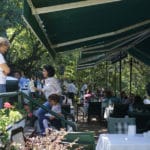 October 18, 2016 Trabzon Kültür Derneği
October 18, 2016 Trabzon Kültür Derneği
Located just beneath Istanbul’s first Bosphorus Bridge in the Anatolian side district of […] Posted in Istanbul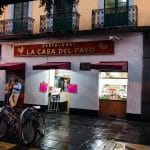 November 24, 2023 La Casa del Pavo
November 24, 2023 La Casa del Pavo
The bird that holds pride of place at the Thanksgiving table has just as important a […] Posted in Mexico City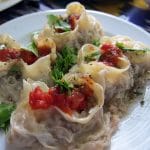 July 1, 2022 Özbek Sofrası
July 1, 2022 Özbek Sofrası
In the former Soviet Central Asian republics, the boilerplate restaurant menu consists […] Posted in Istanbul
Published on November 27, 2017
Related stories
October 18, 2016
IstanbulLocated just beneath Istanbul’s first Bosphorus Bridge in the Anatolian side district of Üsküdar is a secluded slice of Trabzon, the Black Sea province known for its otherworldly lush green forests, hot-tempered inhabitants and distinctly deep cuisine. The Trabzon Kültür Derneği (Trabzon Cultural Association) is something of a clubhouse for folks who grew up in…
November 24, 2023
Mexico CityThe bird that holds pride of place at the Thanksgiving table has just as important a role south of the border. Turkey has actually been a fundamental part of Mexican cooking for centuries: The Aztecs had domesticated the fowl before they had even laid eyes on a chicken. And while chicken has since overtaken turkey…
July 1, 2022
IstanbulIn the former Soviet Central Asian republics, the boilerplate restaurant menu consists of plov, lagman, shashlik and samsa. Tired-looking Uzbek, Kyrgyz, Kazakh and Tajik establishments all serve up the same limp noodles and oily rice with a shrug – it’s their job. In the markets of Samarkand, Osh and Almaty, we found some exciting exceptions…







































